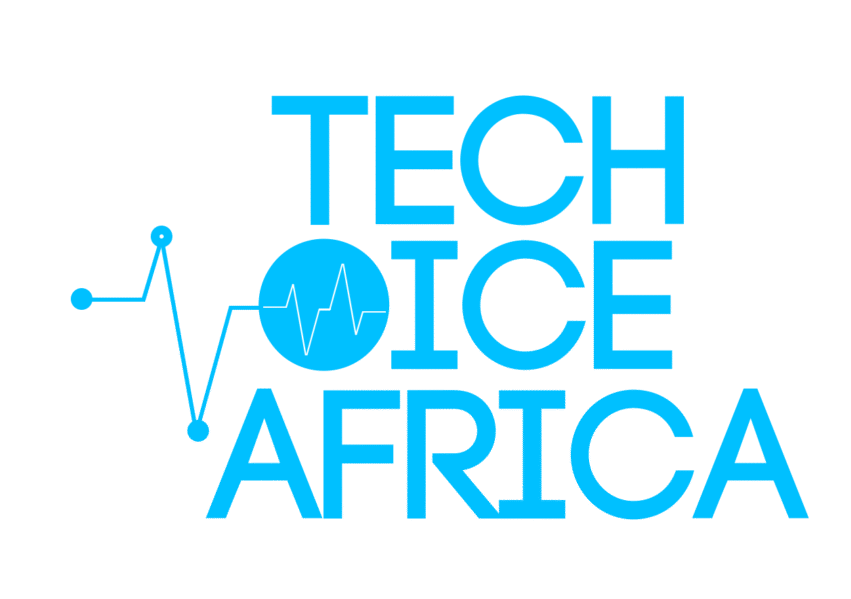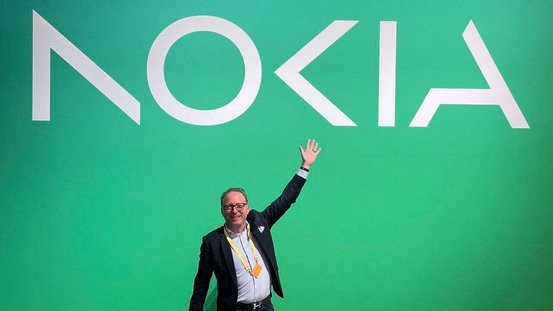Frankfurt, Germany – Artificial intelligence is set to become the largest driver of network traffic by 2030, forcing a complete rethink of how digital infrastructure is designed, located, and scaled, according to Matthieu Bourguignon, Senior Vice President and Head of Europe at Nokia.
Speaking at the DE-CIX 30th Anniversary Summit in Frankfurt, Bourguignon told an audience of telecom, data center, and enterprise leaders that current networks are “dangerously out of step” with AI’s growth curve. He stressed that while today’s internet infrastructure was built for centralized cloud models and long-haul data transfer, AI workloads — especially real-time inference — demand hyper-local, low-latency connectivity.
“Some use cases are already pushing toward sub-3 or even sub-2 millisecond thresholds,” Bourguignon noted. “That kind of performance isn’t going to come from business-as-usual architectures.” He argued that future AI systems will require edge-based processing “on-premises or within 50 to 70 kilometers” of the end user, supported by hundreds or thousands of distributed interconnection points.
The shift is not only about speed. Bourguignon highlighted that traffic growth has surged 130% on DE-CIX’s internet exchanges in the past five years, with forecasts pointing to an additional 24% annual increase driven by AI adoption. Power availability is also emerging as a critical factor in determining the location of large-scale AI training facilities, while inference workloads will require a completely different, more decentralized approach.
Security risks are also mounting. Bourguignon warned about the looming “Q-Day,” when quantum computing could break today’s encryption standards, potentially putting sensitive data at risk.
His conclusion was blunt: “We need to invent new networks. Connectivity isn’t peripheral to AI, it’s foundational.”
For Africa, where internet exchange points and edge infrastructure remain unevenly distributed, his message carries added urgency. As AI adoption grows across industries — from fintech to healthcare — the continent’s ability to compete globally may depend on how quickly it can adapt to this new era of low-latency, AI-ready networking.

